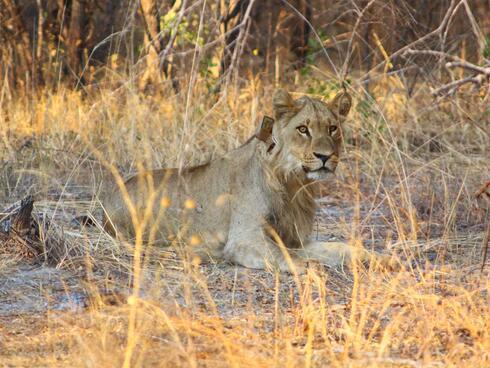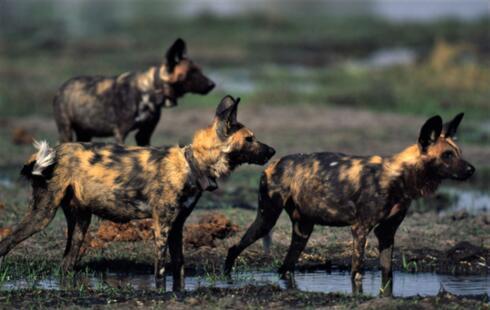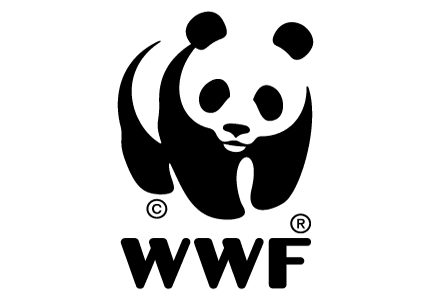
Carnivore collaring in Zambia helps protect wildlife and communities
By Whitney Kent, WWF
Large carnivores, like tigers or leopards, are considered “umbrella species” because conserving their populations in healthy numbers also provides protection to large areas of their habitat that many other species depend on for homes and resources. They also serve as important indicator species to understanding the impacts of human activities on the surrounding ecosystem. Healthy populations of umbrella species often indicate a healthy overall ecosystem and vice versa.
In an effort to better understand them, placing radio collars on large carnivores can provide scientists with valuable data on their individual movements, land range, social behavior, and interactions with prey species. Collaring these animals can also help reduce human-wildlife conflict by acting as early warning devices for livestock owners. Knowing when carnivores will be in proximity to their land can enable farmers to secure and protect their livestock and thus reduce potential conflict.


Between September and November of 2020, WWF, in partnership with Zambia’s Department of National Parks and Wildlife (DNPW) and Panthera—a carnivore conservation NGO—collared a total of six carnivores in the Sioma Ngwezi National Park in the Silowana Complex, an area nestled between the Zambezi River and the Angolan and Namibian borders in Southern Africa. A female wild dog, a male lion, and a lioness were the first to be captured and collared, followed by two more lions and another wild dog collared a couple of months later. It is useful to collar both sexes of each species to monitor how they use their areas differently.
This Silowana Complex is growing in conservation significance because it adjoins the large Angolan Luengue Luiana National Park, and while wildlife populations in both of these areas have been depleted due to civil conflict, the parks provide ample habitat for the abundant wildlife populations in neighboring Namibia and Botswana to expand into. Although carnivore collaring has been done before in other nearby countries like Namibia and Angola, this is the first time it has been done in Silowana and will provide crucial information on how the carnivores are responding to the growing wildlife populations.

As of late January 2021, the male lions were noted to have moved along the Kwando River. We are monitoring to see whether they cross onto the Angolan side, which may indicate an important wildlife corridor, or move south into Namibia. Tracking the movements of these animals also shows how they negotiate passing through the human populations along the Zambian side of the river. The collars will remain on the wild dogs for two years, while the lions will wear theirs for around five years, as they are significantly larger and can carry larger battery packs. We will continue to track the collared animals, and with additional funding, we hope to help collar more animals in different packs or prides. This collaring will help guide future conservation efforts to help protect the species and reduce human-wildlife conflict with people and livestock that live in the region.



Add the first post in this thread.